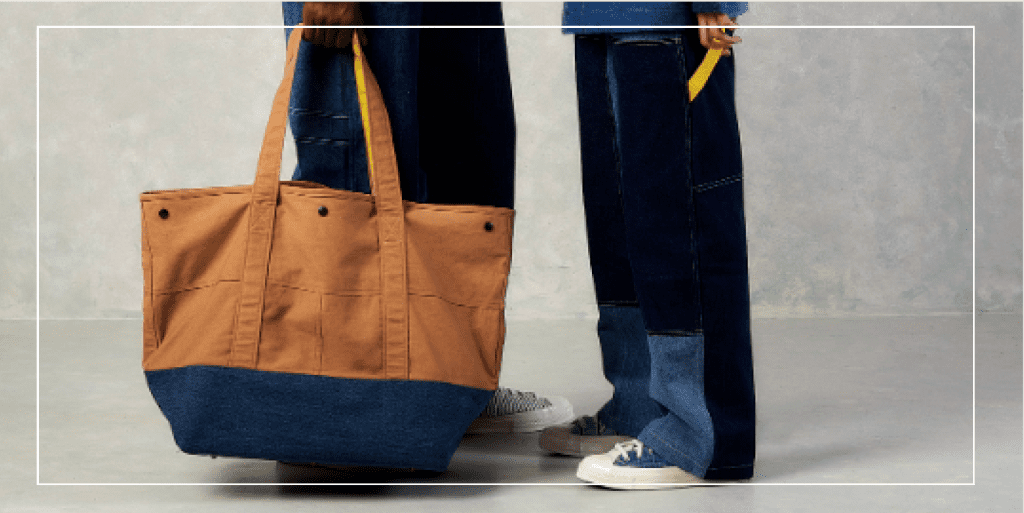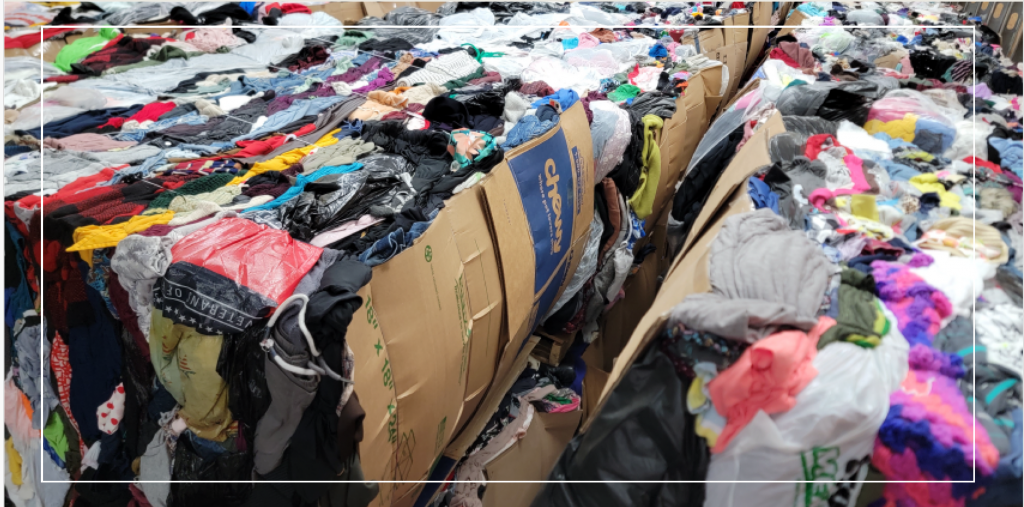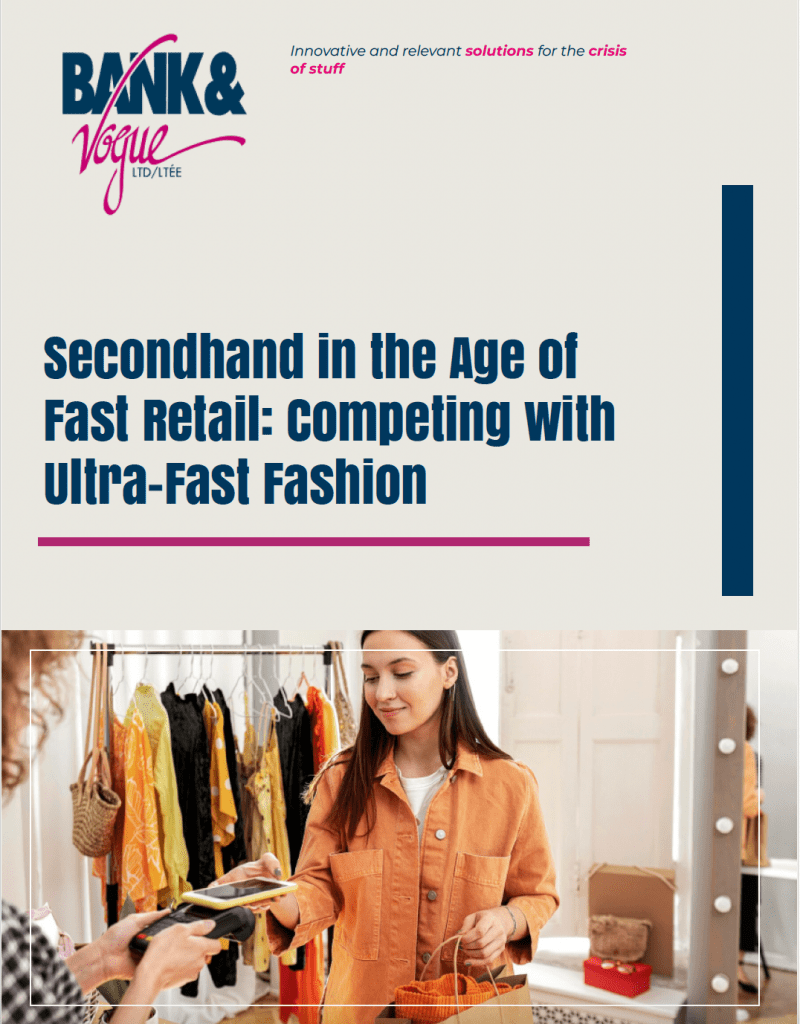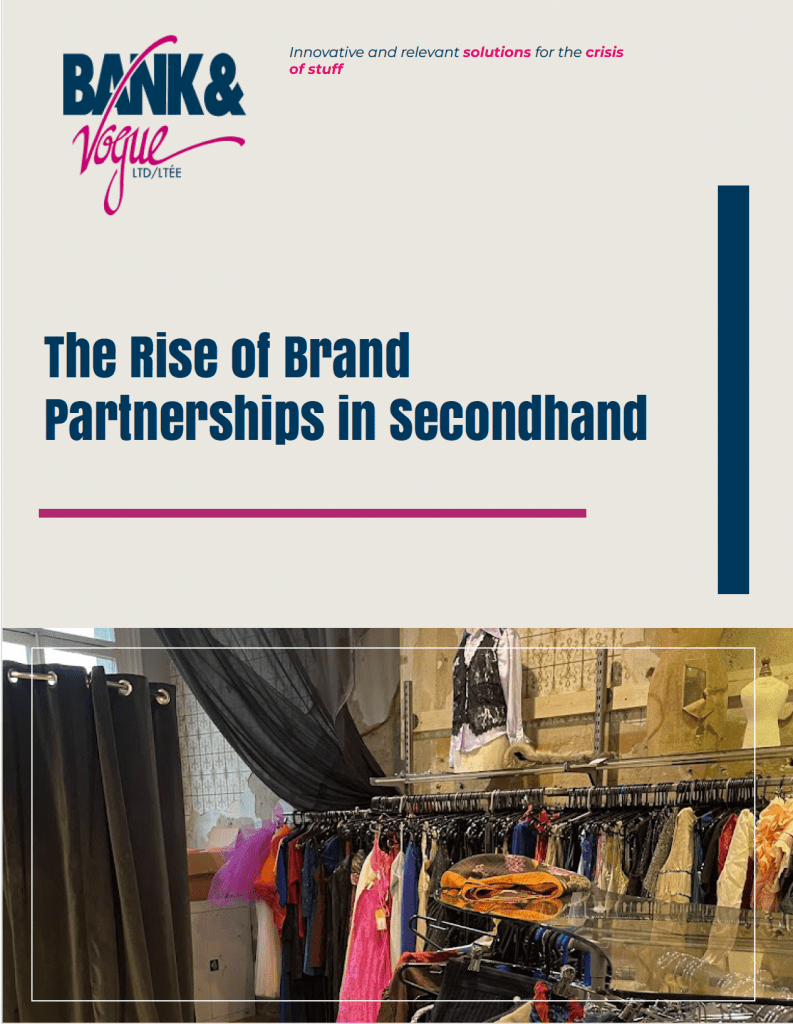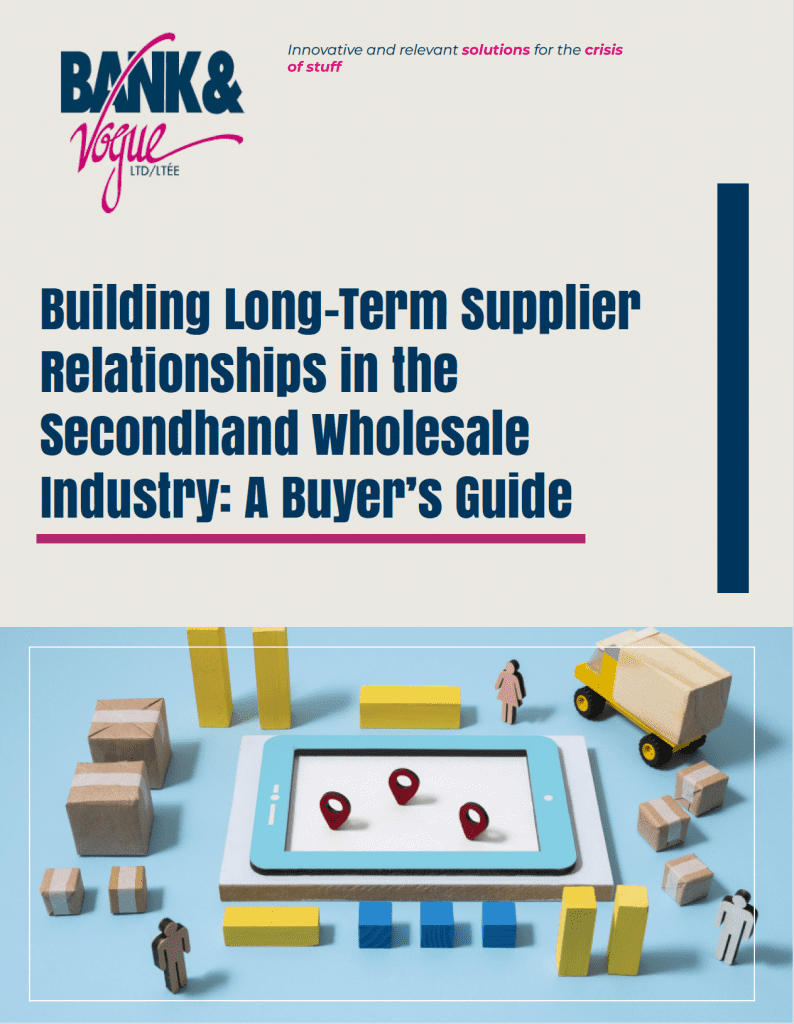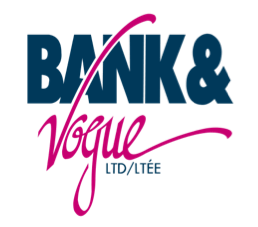Store Return Pallets for Sale Your Guide to Sell Wholesale (2025 Edition)
Practical playbooks, compliance checklists, pricing models, and sourcing tips to run a profitable wholesale operation with customer-return pallets, shelf pulls, and overstock. About this whitepaper Prepared for wholesale operators and reverse‑logistics teams handling customer returns, shelf pulls, and overstock. Updated for 2025. Who this guide is for Wholesale resellers selling by the pallet or truckload […]
Store Return Pallets for Sale Your Guide to Sell Wholesale (2025 Edition) Read More »




